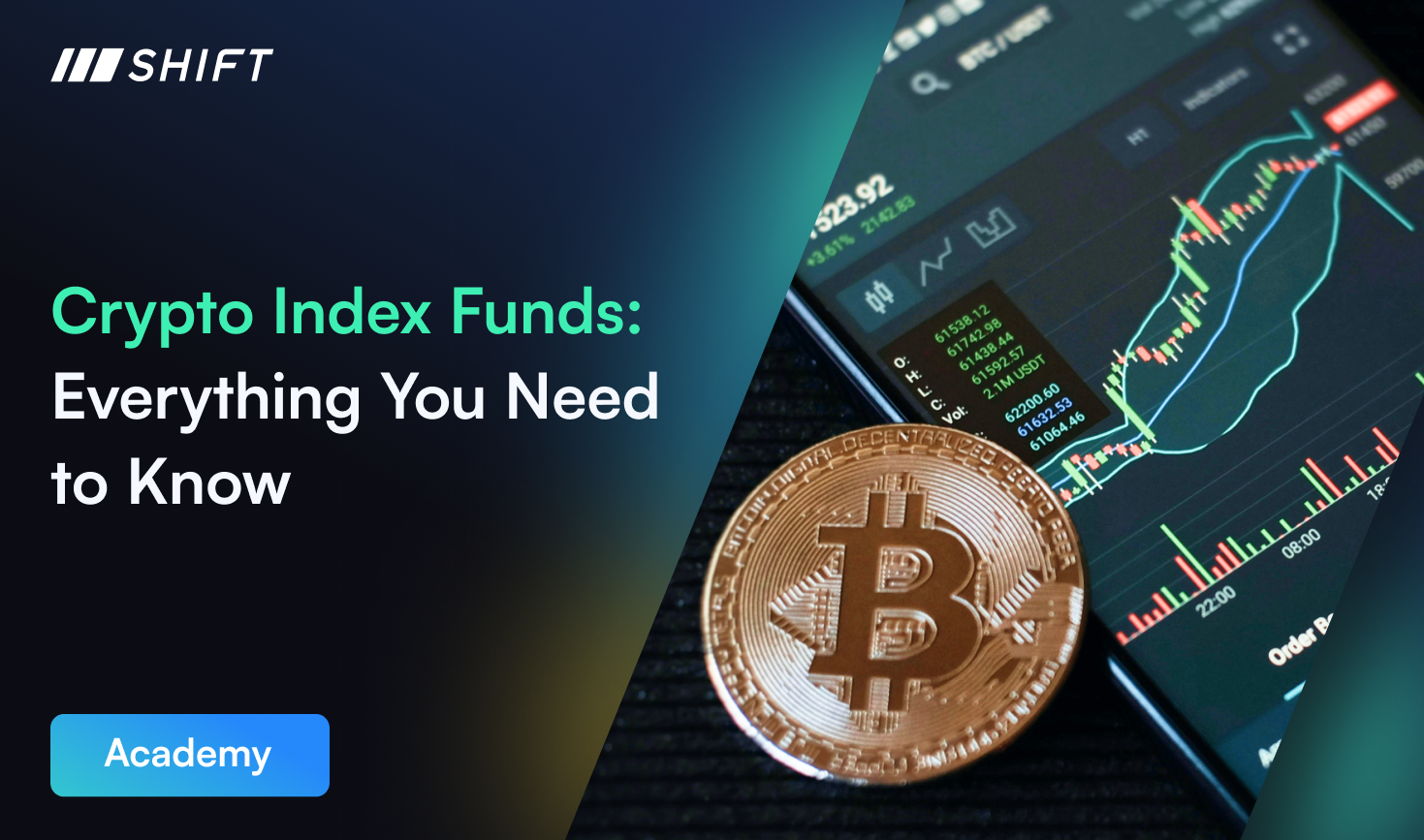Share this article:
Does Market Cap Matter in Crypto? 4 Reasons Why the Market Cap is Not Your Best Ally
Finding a promising project before it hits the mainstream is the holy grail of investing; everyone wants to pick a winner. You can adopt various “tried and true” strategies, follow the advice of industry leaders, or read tea leaves, but it can still be hard to know which projects are worth the risk. There are no sure bets, but there are some fundamentals you want to remember when making investment decisions. Tackling those challenges with the right approach will put you ahead, especially in competitive industries like crypto investing.
Crypto, of all industries, can be particularly difficult to predict. Finding projects to invest in can be challenging as the industry is young, fast-paced, and especially prone to “hype.” Highly speculative price valuations lead some to fortune, but many to lose their money. One of the metrics that lead naive investors to wrong perceptions of value is the market capitalization.
The crypto I’m investing in has a Billion dollar market cap, does that mean anything?
Making wild speculative market predictions continues to be a favorite pastime of crypto influencers; you may have heard many of them posit specific, scientific-sounding price points based on a currency’s “market cap.” Sounds official, but what is it? Is it something you should pay attention to? We think it’s one of many factors that come into play in the crypto market, but far from being the most important.
Let’s start by explaining what market cap is and what it does. Crypto market capitalization (market cap) is the total dollar market value of a company’s outstanding stock of tokens. Measuring market cap is a way of valuing a company that comes from the traditional finance market. Normally, you would calculate a company’s market cap by multiplying its number of shares outstanding by its stock price; in crypto, you use outstanding coins or tokens.
However, in crypto, it is not usual to have a central organization providing financial information for an investor to analyze and draw a fair price. So, from the outset, this method has fewer data points. When there is only one measurement taken, we need to stop and consider what other forces might be impacting that measurement.
If that’s the case, why is the market cap so prevalent?
While crypto and the stock market do share some significant similarities, the difference between measuring market cap through a company’s stock versus a crypto’s supply of tokens is different in some key ways. For starters, crypto is a little bit too nascent to effectively use the market cap as a measure; there simply isn’t enough historical data.
In a classic setting, a stock price draws from business analysis and valuation techniques that range from the expected growth of that particular industry to the financial performance of the company in the last five years. The shares outstanding are defined by the company governance and shareholders, while some of its stock is available to trade in secondary markets (e.g., exchanges). In crypto, each currency’s price is only multiplied by the circulating supply and the current market value of the tokens being sold.
The market cap is a simplistic way of looking at a crypto project to derive its value without doing an extensive fundamental and technical analysis of each crypto asset. For established coins like Bitcoin and Ethereum, it may offer investors insight about the coin’s dominance or bear/bull periods, but for newer projects, you’re better off researching other metrics.
We’ll leave you with the four main reasons why you should not look at the market cap and what to do instead.
1. A huge circulating supply inflates the market cap.
When a company goes through an IPO (Initial Price Offering), a set number of stocks is available for investors to trade on secondary markets. In crypto, developers of each new project issue the number of coins they intend to allow for circulation, meaning the amount available for anyone who wants to trade it without any formal thresholds or requirements proving that amount is eligible for circulation.
Many of these high-supply projects trade at a lower price per coin (e.g., Dogecoin, NEM, Vechain, TRON). As a result, they show a very high market cap and a top position on crypto rankings (e.g., CoinMarketCap, Coingecko, CryptoCompare), leading investors to perceive the value of the currency as higher than it may be.
After currency launches, developers can create new units, feeding this circle of high supply and market cap, even if the fundamentals are not there to justify them.
2. Lost crypto assets are included in the supply count.
The inability to access or recover stolen coins in hacks leads to a non-realistic account of the supply in the total market cap of each currency. Only last year, crypto faced more than $292M stolen in a variety of exchange attacks leading to a challenging task of recovering those millions of coins spread across cryptocurrencies.
Sometimes, the security onus is on crypto holders who forget or lose their passwords/access keys, repressing millions of coins in addresses with no real use case. A study by the Wall Street Journal shows that 20% of all Bitcoin’s supply may be lost forever. At the current BTC price, investors are leaving more than $40B in invisible hands due to the lack of security measures. However, they are still contributing to the total market cap of the currency, inflating its value perception.
3. Realized market cap is a better measurement.
The realized market cap is the total value of a currency (in fiat) using the price at which each address last moved a coin (unit). By using updated prices, it allows us to ignore lost or unmoved coins in a long period (e.g., stolen) for a more current price. This also works to combat exchange price arbitrage. Some exchanges in countries like South Korea or Venezuela show very diverse prices for the same currency than common U.S. exchanges (e.g., Coinbase, Binance), leading to disparities in calculating the market cap.
This approach eliminates the influence of the supply from lost or inaccessible coins in the market cap calculation. Nevertheless, it doesn’t solve the bigger picture of looking at vanity metrics instead of doing a thorough analysis of each project.
4. Price will always be king.
At the end of the day, price overcomes hacks, lost coins, or abnormal circulating supplies and is still the best measurement of a crypto’s success. The vital aspect of any investment is if the price is a buy or sell opportunity for investors. That said, it is still important to conduct a thorough analysis of other variables. While the decentralized nature of crypto is arguably one of its most important values, it does complicate the valuation of crypto prices. Unlike traditional assets like stocks or bonds, crypto is not subject to the limitations of a central organization or financial institution that have clear, proven metrics that allow for a traditional valuation.
Nevertheless, a well-rounded fundamental analysis should incorporate the technical aspects of the project (e.g., engineering efforts), the experience of the team, clients/use cases, product roadmap, and marketing outreach. Looking at things holistically with price as the central variable is your best approach to define a price range.
A careful analysis of fundamentals will lead to a better assessment of the stage and worth of each crypto project than only looking at market cap rankings. We know that price is still prone to be influenced by FOMO or outside events, but it still offers the best solution mixed with a comprehensive analysis of each project’s features.
Back to investment basics.
Sitting at your trading desk, the nuances of investing might not be obvious with the “pump and dump” of the day or simplistic indicators, but sticking with core analysis cuts through the noise to find real gems in the long-term.
The crypto market may be unpredictable, but investing in the right project isn’t magic and doesn’t require a crystal ball. Finding the best projects in the market takes an innovative approach while applying proven traditional finance methods and metrics to reach the best combination in the end. At Shift, we answer all the questions related to crypto issuance, investment, and regulation, allowing you to thrive in this new economy.
For more information on Shift Markets and our solutions, reach out today to schedule a demo with our team. We look forward to helping you navigate the world of crypto with confidence.
Share this article:
Want to learn more?
Let us save you time by walking you through what Shift can do for your business!



